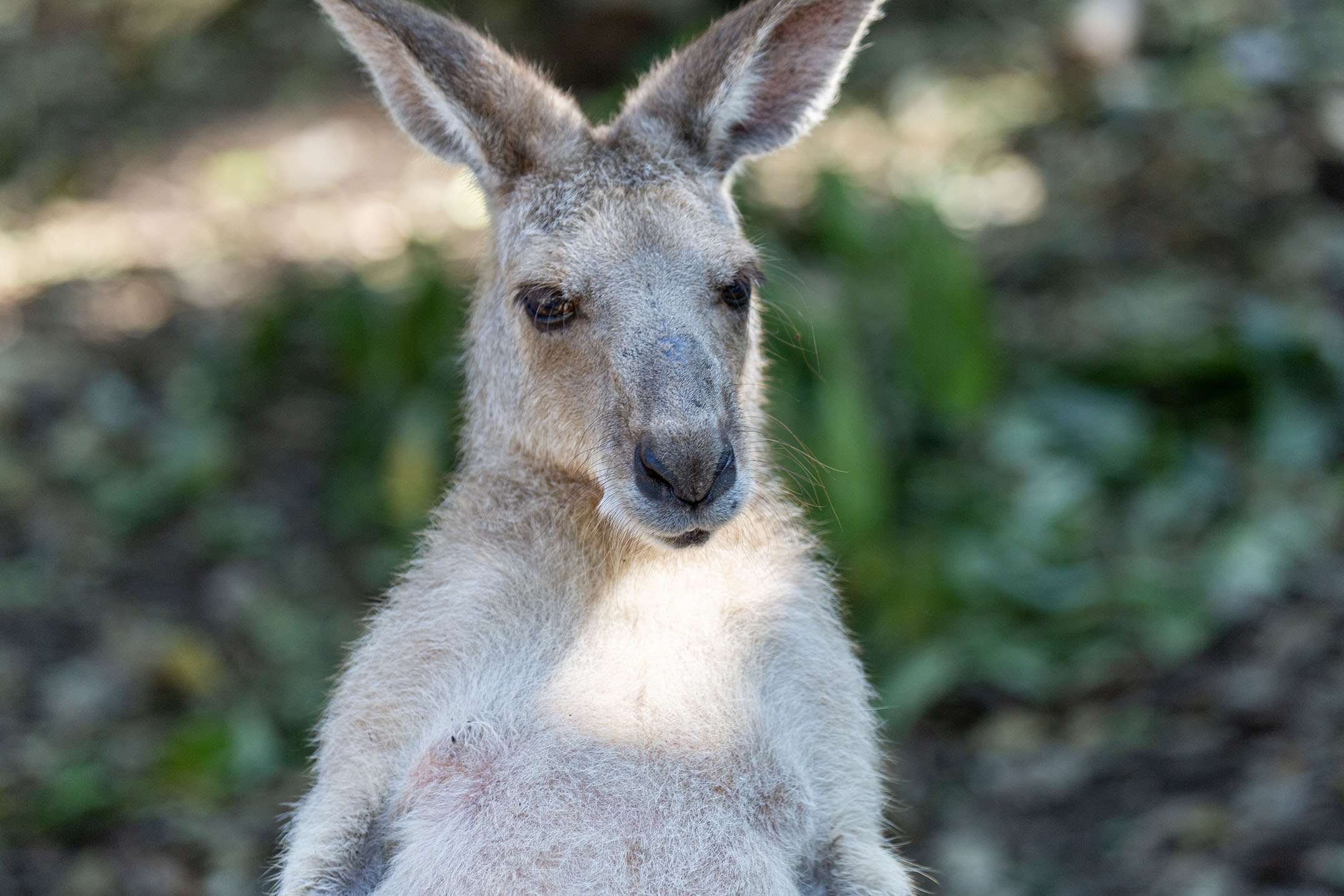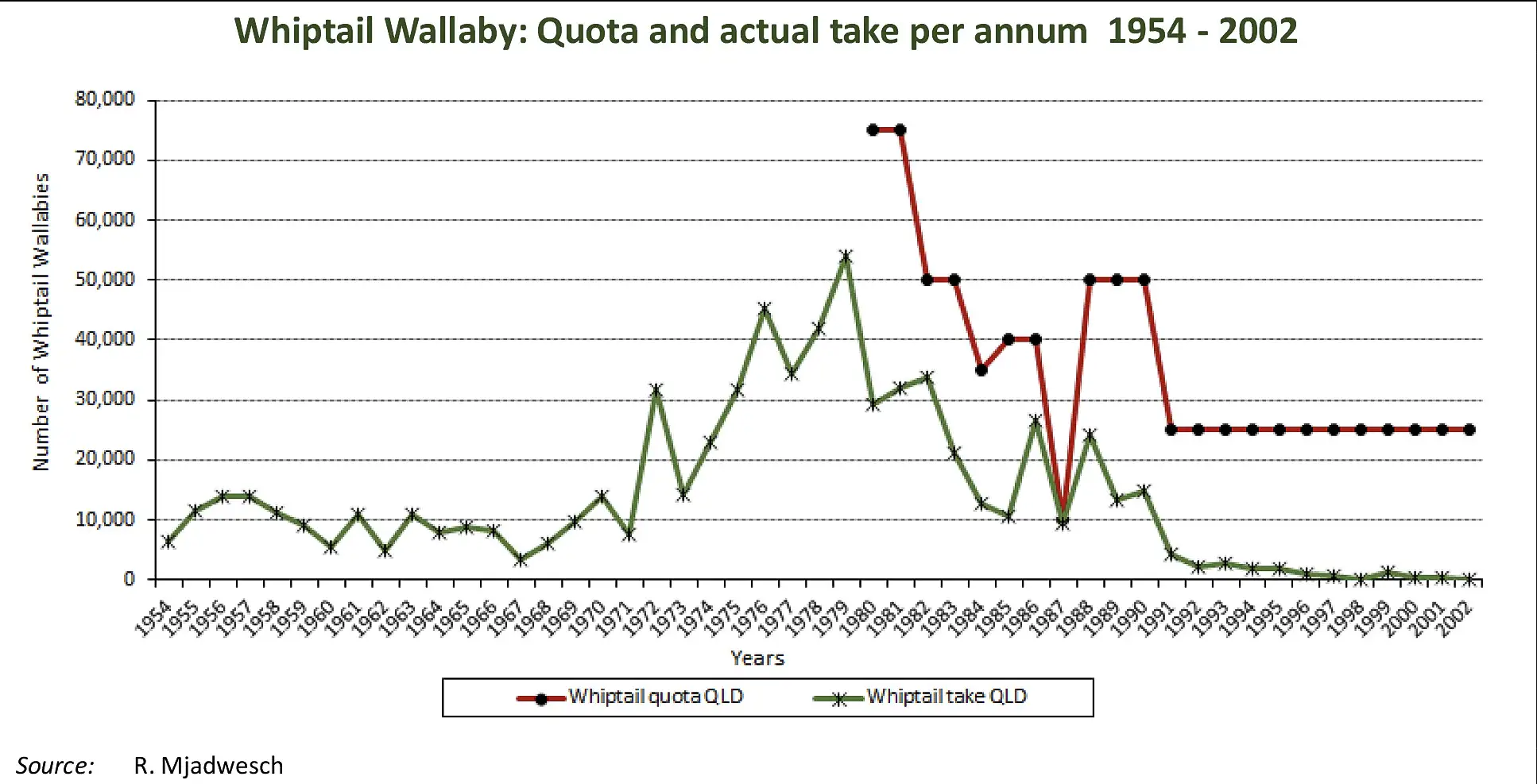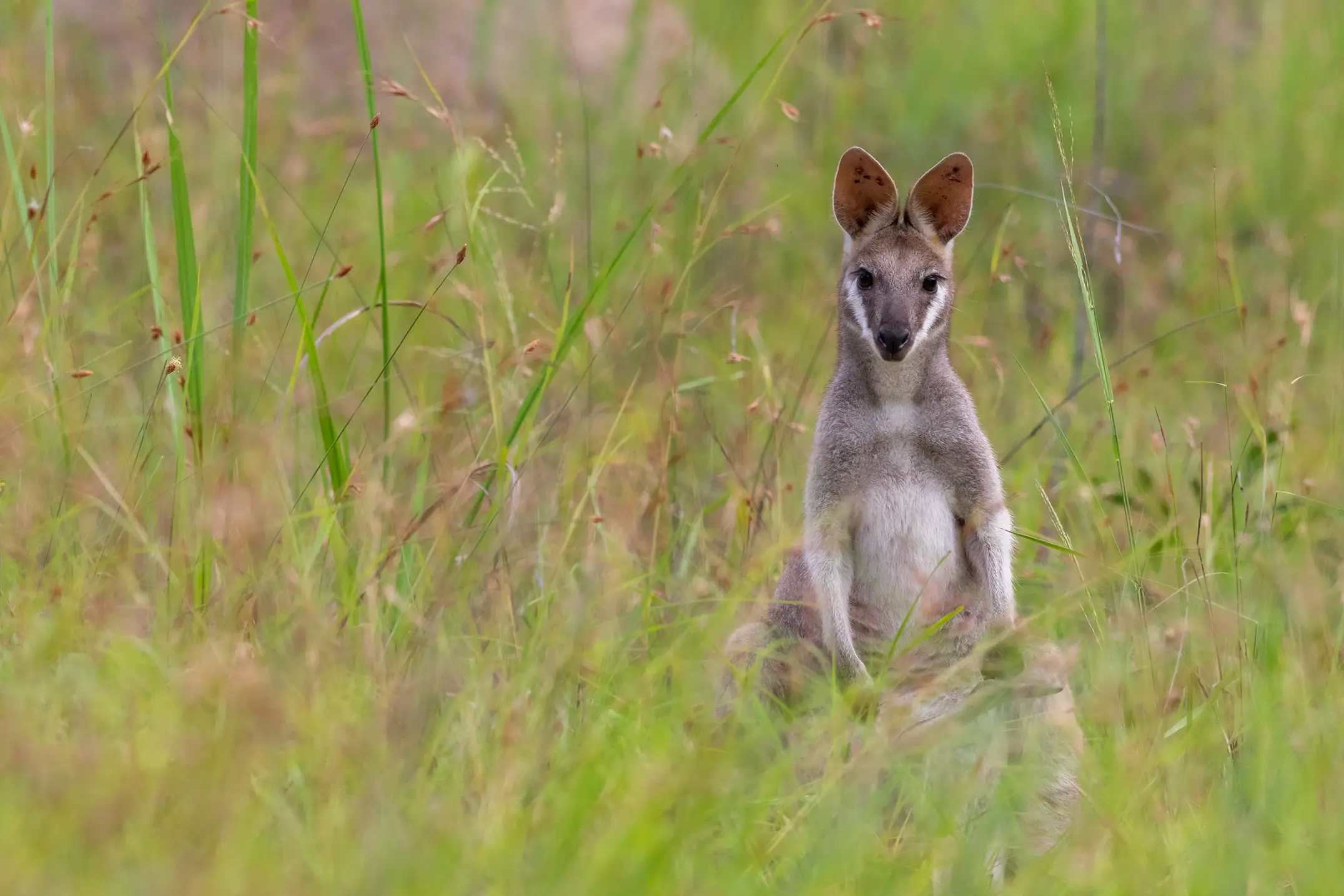2026: Commercial exploitation of Kangaroos in Queensland
Life on land



Your support will assist us to continue our research and content development, the greater our resources, the more we can do.
The more we have an accurate understanding of what is happening to nature, the more we can all do to protect what remains of our living planet.
This is also an opportunity for philanthropists to be part of an ongoing project that tells independent stories about the natural world, stories that will help us to better understand what is happening to species and places on our precious planet Earth.
Note: Creative Cowboy Films does NOT have tax deductible charity status.

The Nature Knowledge Channel is a very real way you can help the precious natural world and support the work we do in creating knowledge about the natural world.
Annual membership of the Creative cowboy films - Nature Knowledge Channel gives you full access to content, stories and films, available on this website. Becoming a member of the Creative cowboy films - Nature Knowledge Channel is a very real way you can help the natural world and support our work in creating a greater understanding about what is happening to it.
A point of difference
Creative cowboy films is independent, is not funded by governments or industry, and is not influenced by their associated interest groups. For reasons of independent research and content development, Creative cowboy films does NOT have tax deductible charity status.
Life on land

Excuse the cynicism, but really, I am lost for words. Well perhaps not.
Given the circumstances facing Macropod species in Queensland in 2025, extensive and sudden flooding and heat related events, extremely large scale exclusion fencing across the landscape which Kangaroos cannot pass and which precludes major movements of Kangaroo populations, the extermination of large numbers of Kangaroos in previous years, including their joeys, significant shortfalls in quota, despite all this, the claims of silly population estimates and biologically impossible increases still keep coming, year on year. It is extremely telling that the Nature Knowledge Channel's own estimate of the population of the 3 commercially exploited species in the state’s 5 commercial shooting zones in 2025 was 6.3 million, against the Queensland Government’s estimate of 19.3 million.
For all three commercially exploited species (2025 population estimate which sets the 2026 quota) the Queensland Government’s population estimate is 19,308,148 giving a commercial quota in 2026 of 2,850,900 with a DMP quota of 386,164. The reality for 2026 is that the actual number of Kangaroos that will die by the bullet (excluding joeys which are beaten to death or decapitated) will be in the region of 500,000 to 600,000. Given the combined DMP and commercial quota for 2026 is 3,237,064, taking the mid-point in estimated take for the year, that is just 17 per cent of the combined quotas.
The Queensland Government claims that the total estimated population of Eastern Grey Kangaroos in 2025 across all commercial shooting zones in Queensland is approximately 11.2 million, representing a 4.7 per cent increase compared to 2024. The highest population densities continue to be recorded in commercial shooting zones 4 and 5, which together account for more than 90 per cent of all observed individuals within the state. In contrast, zone 1, located in the far-western regions and at the species’ distributional limit, exhibited very low population densities, with no Eastern Grey Kangaroos detected in recent aerial surveys; the Queensland Government claims that current survey efforts may not be sufficient to detect such low densities.
The Queensland Government claims that population trends between 2024 and 2025 show relative stability in most zones, with changes ranging from a 7.4 per cent decrease in zone 2 to a 7.6 per cent increase in zone 5. Notable localised and biologically impossible increases claimed include a 94 per cent rise in the Taroom region compared to 2024. Conversely, populations in flood-affected areas such as Quilpie and Thargomindah declined by 48 per cent and 88 per cent, respectively. The Queensland Government claims that despite these significant local variations, corresponding changes at other sites within the same commercial shooting zones appear to offset the effects, ‘suggesting movement of animals at the landscape scale’. These claims are improbable at best.
The Queensland Government state that in zone 2 populations have continued to remain below the established trigger point, therefore, the halved commercial quota for this zone will remain in effect for 2026. No harvest quota will be set for zone 1, as population densities there remain extremely low.
The Queensland Government claims that the estimated Red Kangaroo population across all commercial shooting zones in Queensland in 2025 is approximately 7 million, representing an average decrease of 6.8 per cent compared to 2024 levels. Zones 2 and 3 collectively account for 78.8 per cent of the total statewide population, consistent with the species’ predominant western distribution. In contrast, zone 5 supports relatively low population densities, comprising only 2.2 per cent of the Queensland total.
The Queensland Government claim that zone 3 was the only commercial shooting zone to register a population increase, showing a substantial rise of 34.2 per cent, which again is biologically impossible. All other zones recorded declines ranging from 11 per cent to 33.2 per cent. The Queensland Government claims these variations are characteristic of Red Kangaroo populations, reflecting their propensity to migrate in response to changing rainfall patterns. For example, densities in Charleville doubled following heavy rainfall events in March and April 2025, whereas areas such as Barcaldine experienced sharp decreases, including a 58.7 per cent decline. The Queensland Government claim that this suggests possible large-scale movements across the landscape. Several other flood-affected regions displayed population increases, with Longreach, Quilpie, and Thargomindah recording growth of 7.9 per cent, 15 per cent, and 26.6 per cent, respectively.
The Queensland Government claims that in 2025 no commercial shooting zone reached the low population threshold trigger for Red Kangaroos.
The estimated population of the Wallaroo within Queensland’s commercial shooting zones is approximately 1.2 million, reflecting an average statewide decline of 34.6 per cent. The Queensland Government claims that the Wallaroo has exhibited the most significant fluctuations in populations, likely attributable to its characteristically low detection rates.
The Queensland Government claims that the highest densities of Wallaroos are found in commercial shooting zones 2 and 5, while zone 4 supports the lowest density. Notably, zone 4 also experienced the greatest population increase (27.8 per cent), followed by zone 1 with a 12.3 per cent rise. In contrast, all other zones recorded declines in population, ranging from 23.9 per cent to 55.3 per cent. The Queensland Government claims that in 2025, the population thresholds that would trigger a stop to commercial exploitation were not reached in any commercial shooting zone for Wallaroos in that year.
2023: The actual take against quota in 2023 was 597,750, that is 27 per cent of the 2023 quota of 2,210,400. For individual species, 25.3 per cent of the Red Kangaroo’s quota was met, for the Eastern Grey Kangaroo 29.5 per cent and for the Wallaroo 25.6 per cent.
The Queensland Government also states that the damage mitigation permits (DMPs) would also be below the maximum available quota in 2024, just as they were in 2023 and 2022. DMP kill to end July all three species and all zones was 36,510 against an available full year quota of 354,554.
The actual data (as distinct from the estimates) gives a clear indication of two things, population estimates, and hence quotas are far too high and the three species being exploited for commercial gain are systematically being exterminated across Queensland’s regions. As an indicator of decline, in 2015, the actual DMP kill was 419,354, dropping to 46,701 in 2023.
The fall in actual commercial take has also been significant as the data from the first half of the 1990s shows. Here is the actual take for those years:
What was even more curious is that the quotas, let’s say for 1992 and 1993 were around 2.3 million and less than the contemporary quotas. So even though they now get nowhere near the quotas today and the take continues to decline, the quotas are going up, instead of down. Why?
The historical data shows an approximate 20 million decline in population over a twenty year period, yet:
“Long-term trend data relating to population size since 1992, when Queensland began an annual program of helicopter surveys, demonstrates there has been no consistent increase or decline in the populations of Red Kangaroos, Eastern Grey Kangaroos or Eastern Wallaroos in Queensland. However, populations do fluctuate over time. Population estimates indicate that more than 1 million Macropods of each species occur in the harvest areas. Thus, current harvest rates can be viewed as not having a long-term detrimental impact on populations”. Queensland Government 2024
The total Queensland population estimates of the three commercially exploited species as given by Queensland and Commonwealth Governments is as follows:

Highest actual commercial take occurred in 2006, lowest in 2020 (some COVID impact). Slow breeding rates and high mortality combined with industrial scale killing have had a significant impact on Kangaroo populations in Queensland now evident in the data. Combined with significant climate change impacts, Australian species which are protected, cannot sustain the high level of killing.
The history of the Whiptail Wallaby in Queensland, a beautiful and gentle animal, describes precisely what happens when a species of Kangaroo or Wallaby (or any other wild animal) is exploited for commercial gain, based on a dubious assumption that there are millions out there (which there clearly were not). For the Whiptail Wallaby, the peak of actual kill and commercial take occurred during 1979 at 53,908 animals, from there the take was all downhill and rapidly so. By 1991, just 12 years after the peak, actual commercial take had fallen off a cliff. They gave up the commercial killing of this species, when in 2002, the actual take had dwindled to just 190 animals. And the cruelty involved in this grim trade can only be described as despicable.
Regarding the always made claim of sustainability in relation to the commercial exploitation of Kangaroos and Wallabies. We may well ask if the quota of 25,000 over a decade or more shown in the graph below was sustainable, even as the actual take dwindled to zero?


For Australia as a whole - all shooting states, divergence of actual take from quota since 1980 looks like this - remember the expansion of commercial shooting zones and addition of new species to the commercial list, payment of bounties and a move into public parks, including national parks and the killing of more and more females, even with all these changes that attempt to capture remaining populations, nothing was able to stop the decline of commercial take.

The mortality of Macropods in Queensland is heavily influenced by a range environmental, epidemiological factors, including vehicle-strike, predation, droughts, floods, disease outbreaks and vector-borne pathogens. Macropods (joeys) are susceptible to predation from Foxes and Wedge-tailed Eagles. Prolonged drought conditions reduce forage and water availability, leading to poor body condition, lower reproductive success and higher mortality in Macropod populations. As of 1st July 2025, no shire in Queensland was drought declared (Queensland Government,2025). Flooding can cause direct mortality through drowning or displacement and may cause long-term damage to forage. Additionally, excess water increases exposure to biting insect-borne pathogens.
In March-April of 2025, western Queensland experienced widespread flooding, which severely impacted towns such as Longreach, Quilpie, Thargomindah and Windorah. Significant livestock losses were reported in the media, however no significant Macropod losses were reported to DETSI (interesting and this suggests that there were very few Kangaroos in these areas). In response to the flooding, aerial surveys were conducted out of rotation at Quilpie. Macropods are susceptible to a number of naturally occurring diseases and parasites. The Queensland Government makes these claims, no incidence of significant disease mortalities has been recorded for Macropod populations in Queensland during 2025. The department continues to liaise with Wildlife Health Australia and other Queensland government agencies to monitor any emerging health issues for macropods in Queensland.
A Damage Mitigation Permit (DMP) may be granted where a protected animal (including the 3 commercially exploited Macropod species) is causing, or may cause, damage or loss; or represents a threat to human health or wellbeing. The total number of commercially exploited Macropod species allowed to be taken under these permits are limited to a maximum of 2 per cent of the estimated population for each species by zone. The Queensland Government makes these claims that restricting the granting of DMPs in this way provides a clear limit that ensures the lethal take of commercially exploited Kangaroos operates as a sustainable program. Further restrictions are also in place on the limit allocated to individuals in zones where the population estimated are below trigger points.